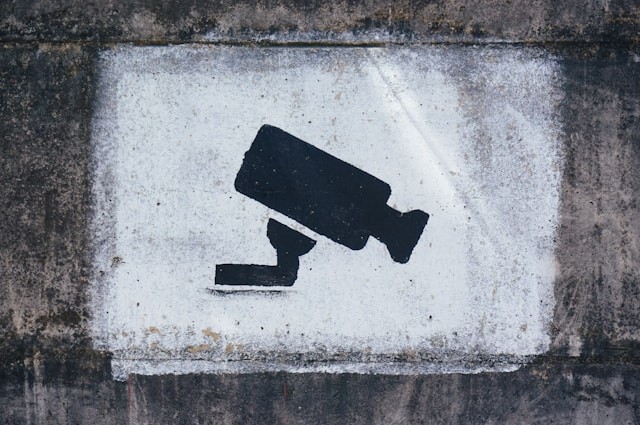
The surge in remote work has made corporate leaders increasingly paranoid, needing to monitor their employees' every digital action.
According to a recent article in The New York Times, eight of the ten largest American companies utilize tracking software to monitor their employees. The Washington Post reports a 65% increase in global demand for employee monitoring tools between 2019 and 2022.
Employee productivity software typically tracks vanity metrics like the number of emails sent, virtual meetings attended, and keyboard typing time. However, it often overlooks tasks performed away from the computer, such as thinking, reading, or writing on paper, and fails to measure actual accomplishments and outcomes. Not even the creators of productivity software endorse this narrow usage of their apps.
When employees realize that their performance is being evaluated based on productivity software metrics, they often prioritize responding to emails and messages over their actual tasks, which only creates a harmful cycle of responsiveness, as described by consultant turned-professor Leslie Perlow in her book Sleeping with Your Smartphone. It happens when employees adapt to work demands by adjusting their technology use, daily schedules, work methods, and even personal interactions to meet the increasing demands on their time.
READ ALSO : Micromanagement As Top Indicator of a Toxic Workplace, Causing People to Quit -Survey Finds
Here are four strategies to help you transform your habits and cultivate a focused workplace:
Open a Dialogue Tackling Distractions
A major challenge with workplace distractions is the reluctance to address them openly. Employees may fear repercussions for speaking up about distractions, making it difficult to gather meaningful feedback.
To create an environment where employees thrive, managers must cultivate psychological safety and a sense of security where individuals feel free to voice reasonable concerns without fear of punishment. When people feel comfortable discussing workplace challenges, it becomes possible to identify and address them effectively. Other workplace issues will likely be ignored if distractions are off-limits for discussion.
Schedule-Sync With Your Downlines
Many managers struggle to understand how their employees allocate their time. When tasks take longer than expected, it is natural to question employees' capabilities or motivation. However, distractions like constant interruptions, unnecessary meetings, and an influx of emails are often the culprit, not lack of competence or drive.
Schedule-syncing offers a solution by providing insights into employees' daily schedules. One approach is to have employees share a time-boxed calendar detailing their planned activities, including times for focused work, email correspondence, and meetings. This visibility allows managers to avoid disrupting focused work or personal time and suggest adjustments if needed. Managers can also share their calendars to establish boundaries for interruptions.
Another tactic involves establishing designated distraction-free periods for the entire team each day, ensuring no messages, calls, emails, or meetings occur during these times.
Implementing schedule-syncing tactics empowers managers to understand employee time management without micromanagement.
Do Not Hold Meetings Without Any Agenda
Agendas serve a purpose, yet their importance often gets overlooked in corporate settings. While high school student councils may follow this practice diligently, it disappears in business.
Too often, meetings are scheduled as a quick fix to avoid tackling problems independently. While collaboration is valuable, meetings should not distract from the real work of problem-solving. Requiring an agenda helps keep meetings focused and reduces unnecessary ones by demanding some effort from the organizer before scheduling one.
Lead by Example
Company culture is influenced by leadership behavior. Avoid distractions during meetings and off-hours, and communicate your availability.
Start with yourself to create an environment where employees can work without distractions. But remember, the biggest source of distraction is not social media or streaming platforms; it is often how we structure our work. The pivotal step in creating a workplace free from distractions is for the boss to lead by example and embody a focused, undistracted work approach.



